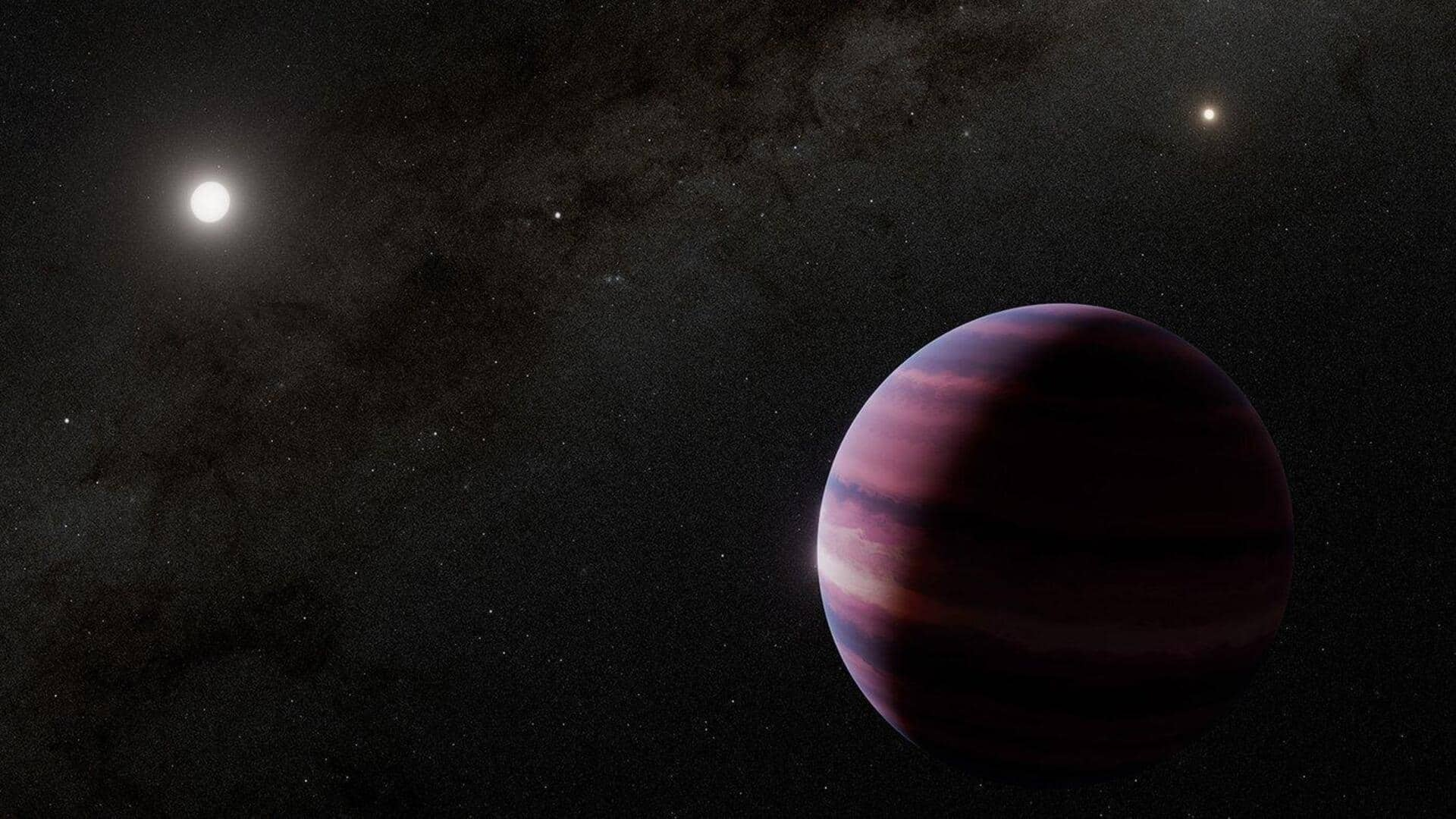
JWST spots possible planet in our closest star system
What's the story
NASA's James Webb Space Telescope has detected possible signs of a planet in the Alpha Centauri star system, the closest to our own solar system at just four light-years away. The discovery was made using the Mid-Infrared Instrument (MIRI) on Webb, which is managed by the California Institute of Technology for NASA, and was developed with contributions from Jet Propulsion Laboratory (JPL).
Stellar trio
Alpha Centauri system and its planets
The Alpha Centauri system consists of three stars: a binary pair of Sun-like stars, Alpha Centauri A and B, and Proxima Centauri, a faint red dwarf. Despite three confirmed planets orbiting Proxima Centauri, finding evidence of worlds around the Sun-like twins has proven difficult. Webb's MIRI observations now provide strong evidence for a gas giant in the habitable zone of Alpha Centauri A.
Life-sustaining conditions
Gas giant in the habitable zone of Alpha Centauri A
The habitable zone, or Goldilocks zone, is the region around a star where conditions could be just right for liquid water to exist on a planet's surface. The candidate planet in question is thought to be a gas giant, possibly as massive as Saturn, with an elliptical orbit around Alpha Centauri A. However, due to its gaseous nature, it wouldn't support life as we know it.
Stellar glare
Future studies to confirm or refute findings
Imaging planets close to their stars is difficult due to the latter's brightness. A coronagraphic mask on MIRI helped block out Alpha Centauri A's light, revealing the candidate planet more than 10,000 times fainter. However, follow-up Webb observations didn't detect it; computer simulations suggest it was likely too close in its orbit for detection. Future studies with Webb and NASA's upcoming Nancy Grace Roman Space Telescope will provide more insights about this potential planet.